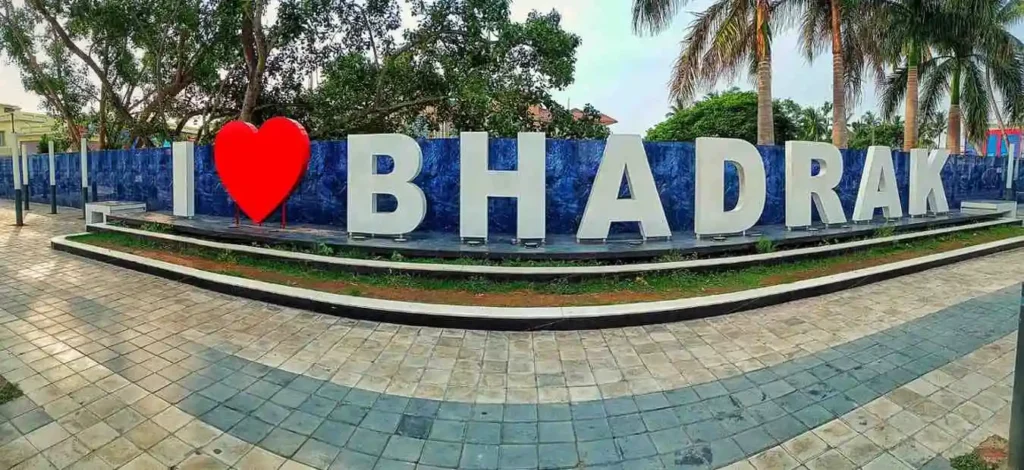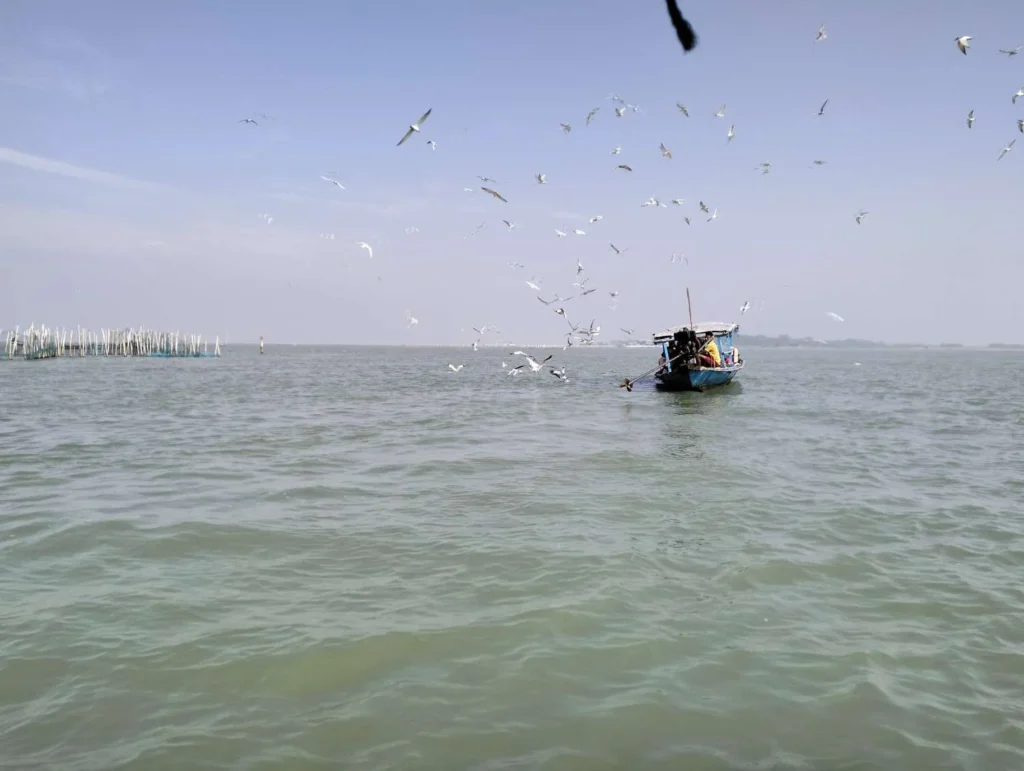
Table of Contents
Introduction: Why Chaitanya Mahaprabhu Matters Today
To begin with, in the grand spiritual tapestry of India, few names shine as brightly as Chaitanya Mahaprabhu. Renowned for his ecstatic devotion, heartfelt kirtans, and spiritual reform, he left an indelible mark on Indian Bhakti traditions—especially in Odisha. In particular, his deep connection with Lord Jagannath, his revival of the Radha-Krishna cult, and his influence on Odia saints made him a pivotal figure in Indian spiritual history.
This blog, therefore, takes you through his life, legacy, and love for Lord Jagannath, especially in the holy city of Puri.
This blog, therefore, takes you through his life, legacy, and love for Lord Jagannath, especially in the holy city of Puri.

The Birth and Early Life of Chaitanya Mahaprabhu
From Nimai to Krushna Chaitanya – A Saint Is Born
- Born: 18 February 1486 AD (Full Moon Night with Lunar Eclipse)
- Birthplace: Nadia, Bengal (with ancestral roots in Jajpur, Odisha)
- Parents: Jagannath Mishra & Sachi Devi
- Childhood Name: Nimai (due to a Neem tree near his house)
The Spiritual Awakening of Sri Chaitanya
The Turning Point That Redefined His Life
Eventually, meeting Iswar Puri, a disciple of Madhavendra Puri, transformed Nimai into a fervent devotee of Lord Krishna. Consequently, his kirtans—soulful chants of “Hare Krishna, Hare Rama”—filled the streets of Nadia. People from all walks of life began to follow him, recognizing him as an avatar of the divine.
Significantly, he believed that one could achieve moksha simply through chanting the Lord’s name, a revolutionary idea in a ritual-heavy society.
Significantly, he believed that one could achieve moksha simply through chanting the Lord’s name, a revolutionary idea in a ritual-heavy society.
Chaitanya Mahaprabhu and Lord Jagannath
His Deep Bond with Puri and the Jagannath Temple
In 1510 AD, He came to Puri, the abode of Lord Jagannath, fulfilling his mother’s wish. During his first visit to the Jagannath Temple, he became overwhelmed, eventually losing consciousness in the temple’s sanctum. Indeed, such was his love that the temple priests initially mistook him for mad—until they witnessed his divine aura and devotion.
- Subsequently, he was honored with Lord Jagannath’s garland, a sacred mark of acceptance.
- Nevertheless, he refused to enter the inner sanctum again, choosing to have darshan from the Garuda Stambha out of humility.
Chaitanya Mahaprabhu’s Impact on Odia Saints and Culture
Bridging Spirituality with Regional Traditions
Indeed, Sri Chaitanya wasn’t just a visitor in Odisha—he became a spiritual icon in the region. Furthermore, he deeply influenced the Panchasakha, the five revered Odia saint-poets:
- Jagannath Das (composer of the Odia Bhagabata)
- Balaram Das
- Achyutananda Das
- Yasobanta Das
- Shishunanta Das
Chaitanya Mahaprabhu’s Final Days in Puri
The Saint Who Merged With His Lord
Chaitanya Mahaprabhu spent the last part of his life in Puri, singing and dancing in the Lord’s name. He passed away in mysterious circumstances, possibly in 1533 AD, before the Jagannath idol during a sacred festival. His death remains a spiritual mystery, but his legacy is immortal.
People Always Ask
Q1: Who was Chaitanya Mahaprabhu?
A 15th-century saint, spiritual reformer, and key figure in the Bhakti movement who propagated Krishna devotion through kirtan and lived much of his life in Puri.
Q2: How is Chaitanya Mahaprabhu connected to Jagannath?
He spent the latter half of his life in Puri, where he worshipped Lord Jagannath deeply and performed daily rituals and kirtans on Bada Danda.
Q3: What were the teachings of Chaitanya Mahaprabhu?
He taught that chanting Krishna’s name with love is the path to salvation. Moreover, he promoted equality in devotion beyond caste and creed.
Q4: What happened to Chaitanya Mahaprabhu at the end of his life?
He is believed to have passed away before the idol of Lord Jagannath, merging spiritually with his Lord in 1533 AD.
Q5: Did Chaitanya Mahaprabhu influence Odisha’s culture?
Indeed, Chaitanya Mahaprabhu inspired Odia saints, revived the Radha-Krishna cult, and integrated Odissi devotional traditions into Gaudiya Vaishnavism.
Final Thoughts
Undeniably, Chaitanya Mahaprabhu wasn’t just a saint—he was a living embodiment of Bhakti. His love for Lord Jagannath, his universal message of equality and love, and his kirtans still echo in temples and hearts across India.
Ultimately, his story is a testament that true devotion transcends boundaries, and that divinity is not just in rituals but in love, music, and surrender.
Ultimately, his story is a testament that true devotion transcends boundaries, and that divinity is not just in rituals but in love, music, and surrender.
Keep the Tradition Alive
Indeed, have you ever read Geeta Govinda or heard it sung during the Jagannath Temple rituals? If so, we invite you to share your experience with us in the comments.
Moreover, if you're a writer, artist, or cultural enthusiast, explore this poetic treasure and spread its timeless glory. Thus, let the world know about Odisha’s literary gem!


